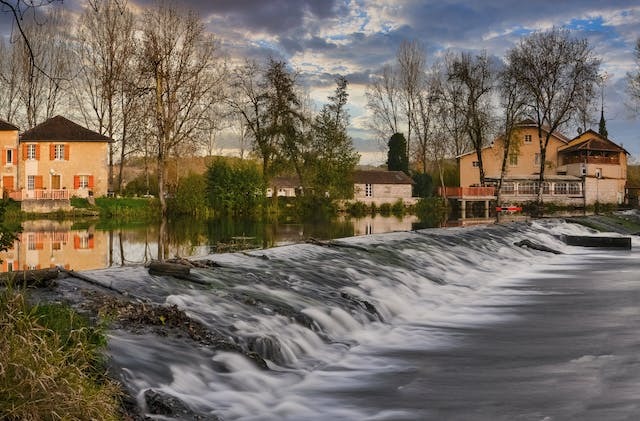Steps to Take After Water Damage to Your Rental Property

Whether it’s a leaking or burst pipe, water overflow, a leaky roof, or a natural disaster, water damage must be fixed immediately to prevent further damage and mitigate the risks associated with moisture. Water damage can be a devastating experience for landlords and tenants alike. Knowing the steps to take after water damage occurs on your rental property is essential as a landlord. By following a systematic approach, you can ensure your tenants’ safety and lessen the incident’s financial impact.
What Property Managers and Landlords should Do after Water Damage?
Here are some essential steps to consider:
-
The safety of your tenants comes first
Your main priority should be your tenants’ safety and well-being. Instruct your tenants to leave the property if the water damage poses an immediate threat, such as flooding or electrical risks, and contact emergency services, if necessary, suggests White Glove Restoration.
-
Stop the source and stop the flow
Determine the cause of the water damage and act quickly to stop it. This could mean shutting off the main water supply, repairing a leaky pipe, or repairing a leaking roof. Addressing the issue at its source as soon as possible will help you stop further damage and begin the recovery process.
-
If it is not recorded, it wasn’t done

The extent of the water damage should be meticulously documented before any cleanup or repairs are made. Take photographs and videos of all impacted areas, including the walls, flooring, furniture, appliances, and personal items. These records will be used as support for insurance claims and potential disputes. Depending on the severity, you may need to hire professionals, such as water damage restoration experts or plumbers, to evaluate the situation and provide an accurate assessment. Their expertise will help you determine the necessary repairs and the associated costs.
-
Contact your insurance company
Contact your insurance provider as soon as you can. Give them exact and thorough details on the occurrence, including what caused the water damage and the extent of the affected areas. Pay attention to their instructions regarding the claims procedure and any necessary paperwork.
-
Mitigate further damage

Quickly take steps to prevent further damage. This could include extracting water, drying up the affected areas, and removing any drywall or carpet that has been damaged. After a flood, mold growth is a major concern; therefore, it’s critical to address moisture and humidity problems to stop it from growing. But there’s no need to worry if you can’t mitigate further damage.
-
Communicate with your tenants:
Keep your tenants informed throughout the process. Let them know about the water damage, the steps you are taking to address it, and any temporary relocations or disruptions they may experience. Clear and regular communication will help maintain a positive landlord-tenant relationship during a challenging time.
-
Hire a professional restoration service

Hire trustworthy contractors or restoration companies to execute the required repairs. Make sure they can provide references or certifications as needed and have the knowledge and experience to handle water damage. Before making a choice, obtain many quotations to compare costs and services.
-
Restore the property
Ensure the house is thoroughly cleaned and sanitized when the repairs are finished. This will ensure that you are getting rid of any remaining odors or other health risks brought on by the water damage. If necessary, replace broken furnishings or other items to restore the rental property to its pre-damage state. However, certain restoration service providers can charge extra for this service.
-
Review your insurance coverage
Review your insurance coverage after the occurrence and determine whether any changes or improvements are required to safeguard your rental property in the future properly. To reduce potential financial risks, consider covering water damage, mold removal, and business interruption.
Conclusion
Water damage can be a stressful and costly experience, but with the help of your property management company, following these steps can help you effectively navigate the aftermath and restore your rental property. Remember to prioritize the safety of your tenants, record the damage, communicate with your insurance company and tenants, and engage qualified professionals for repairs. By taking swift and appropriate action, you can minimize the impact of water damage and maintain a healthy and secure rental property for your tenants.
